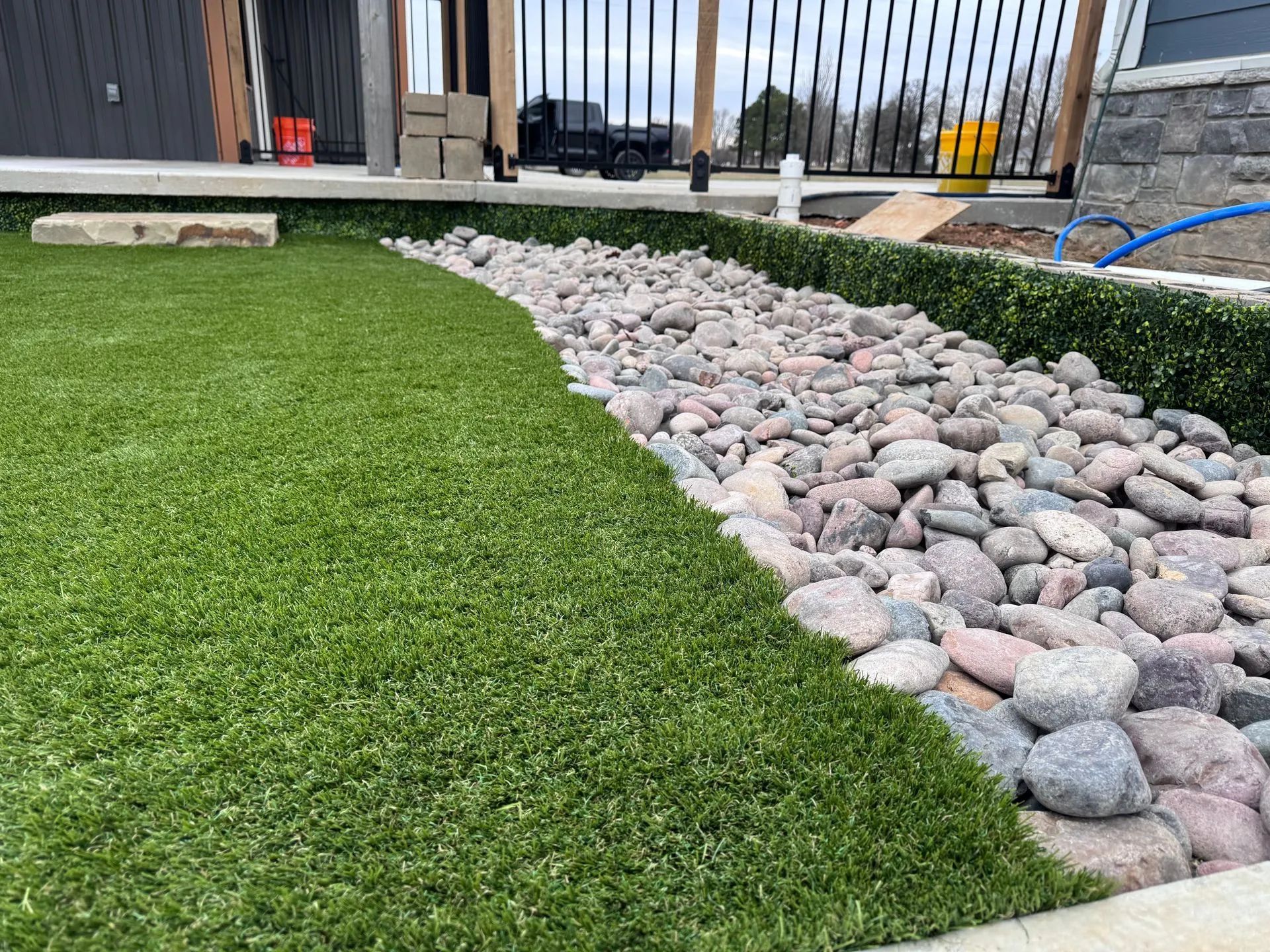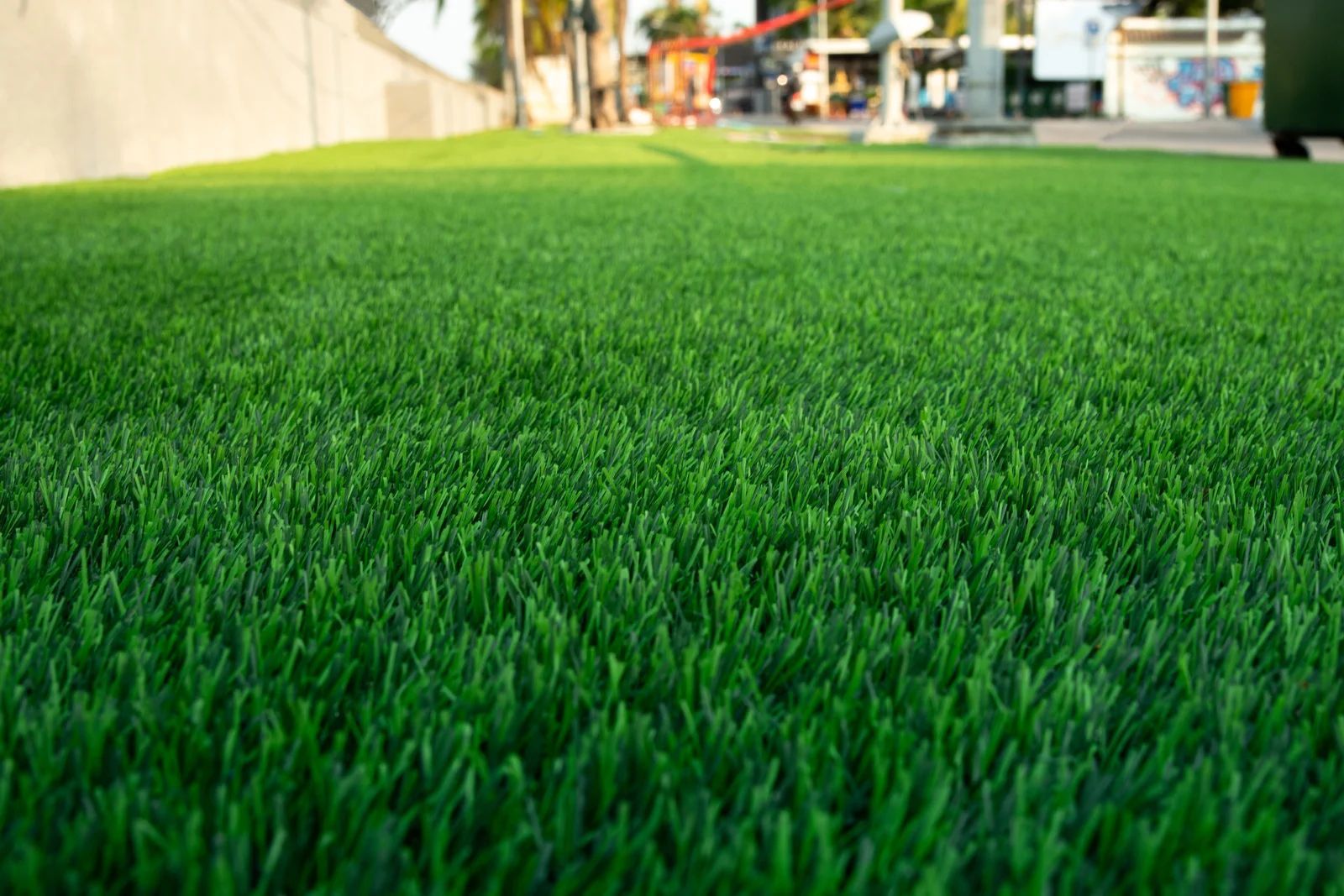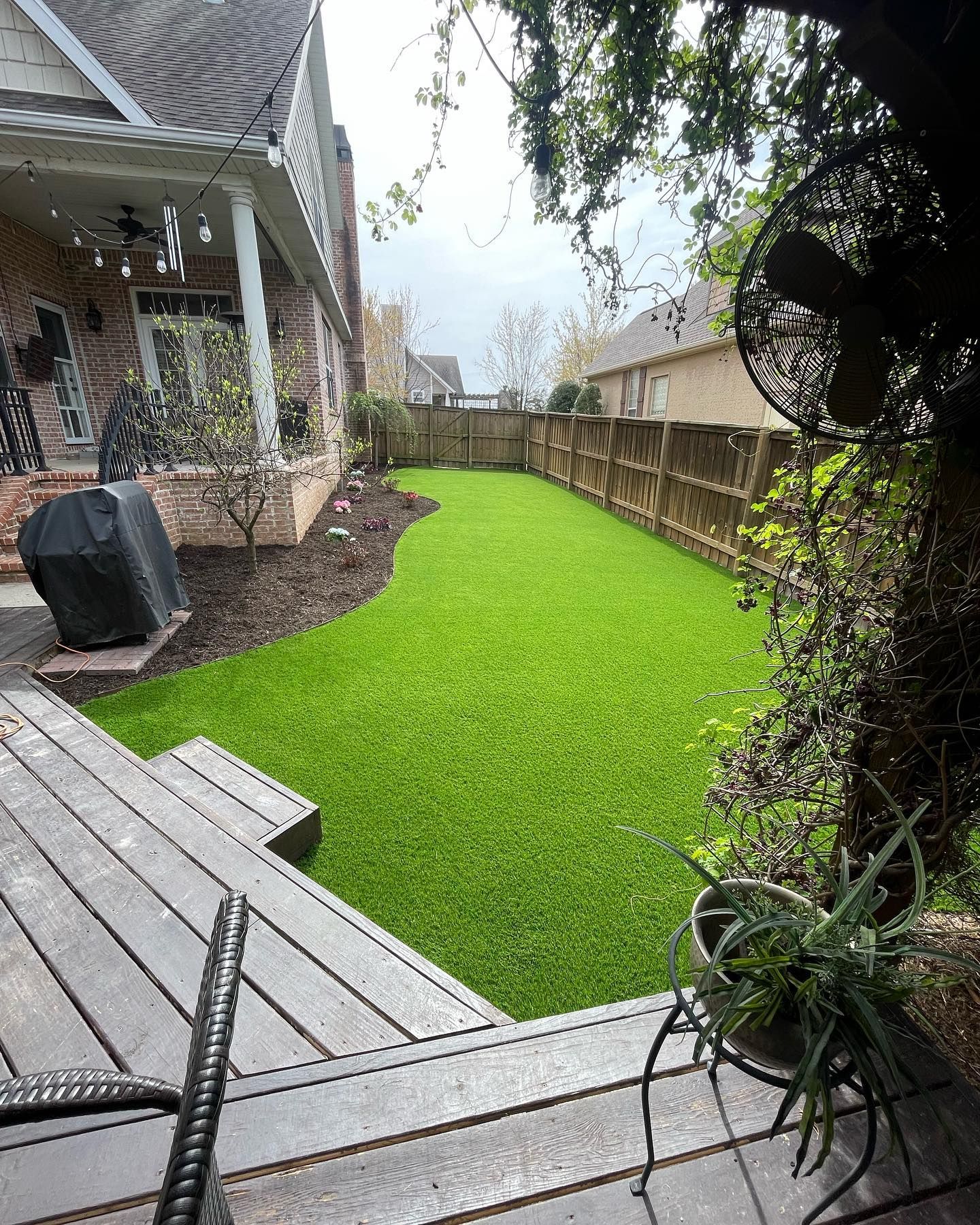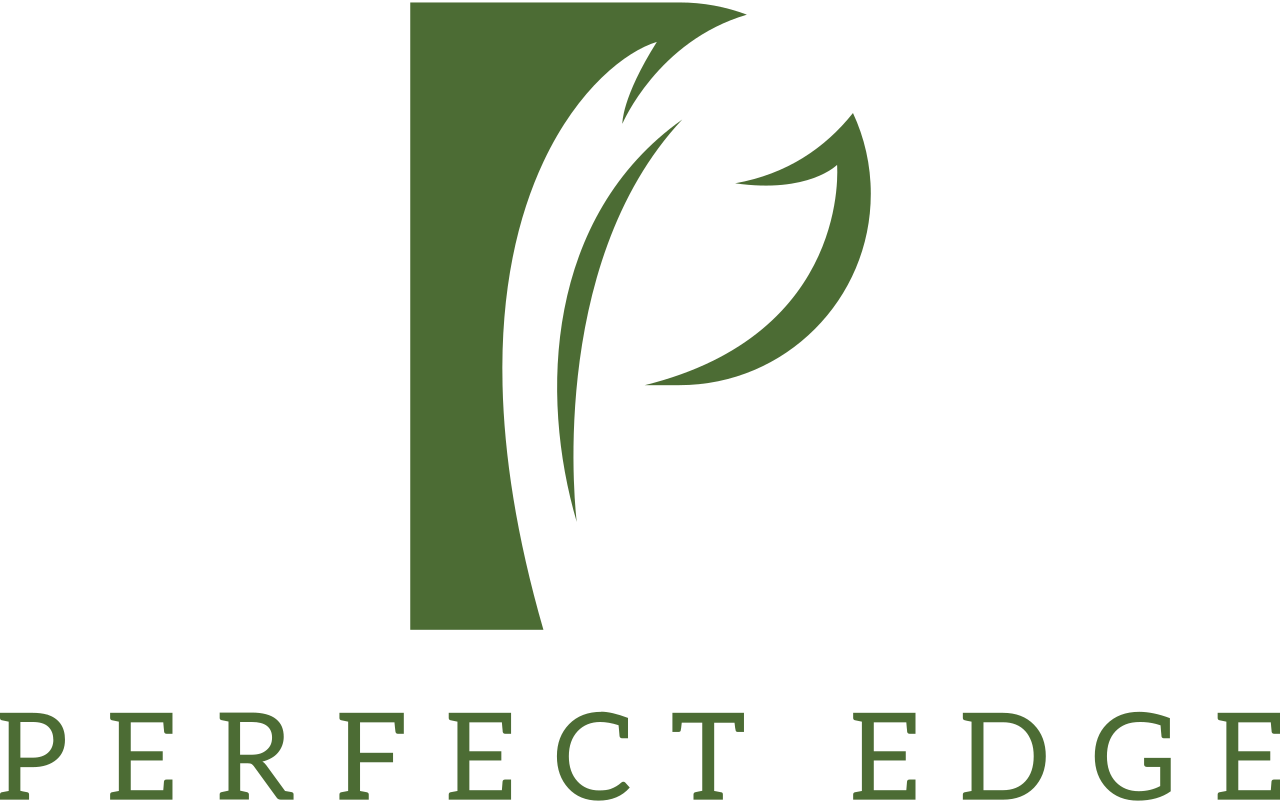Artificial Turf vs. Natural Grass: Which Is Right for Your Yard?
July 26, 2025
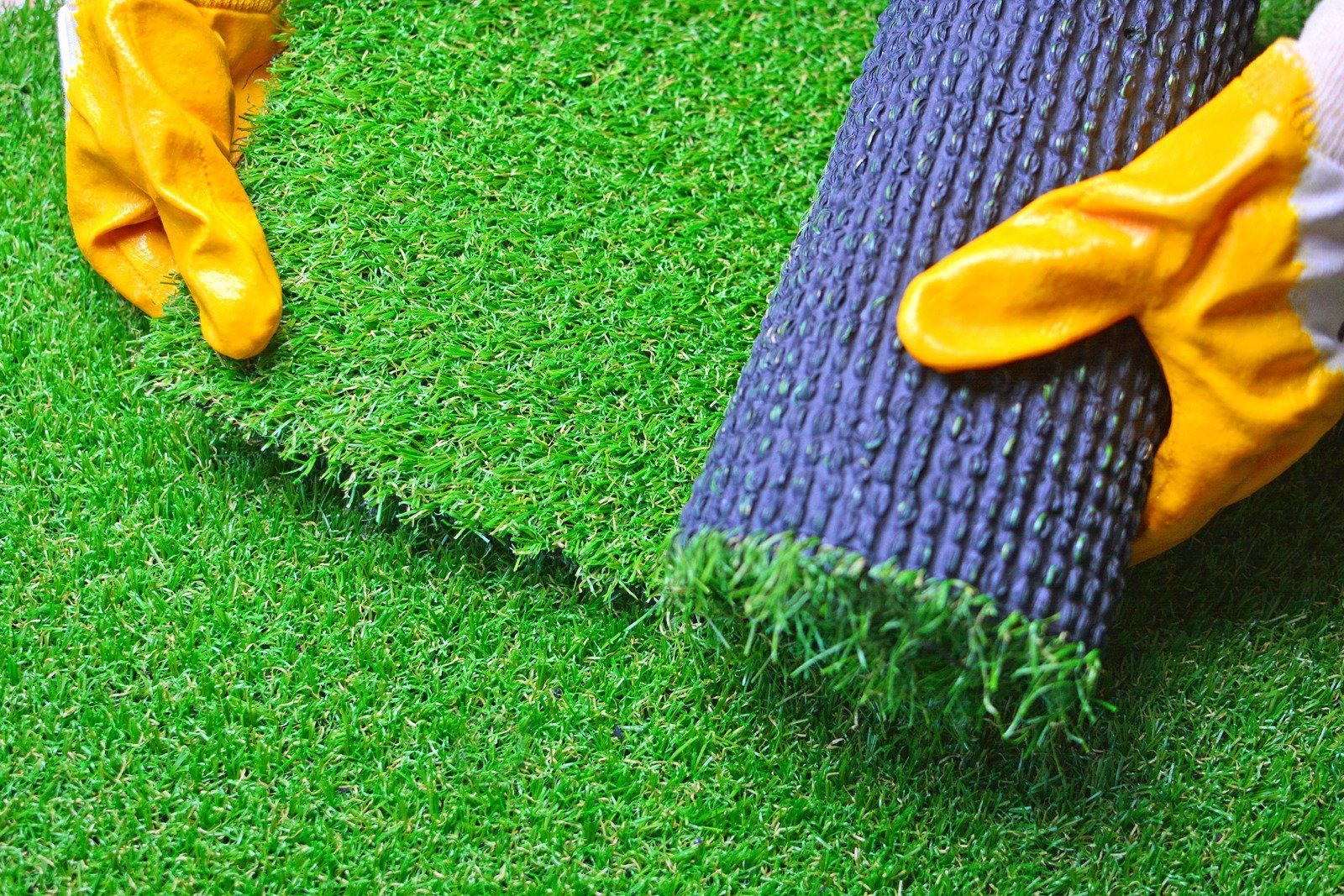
Creating the ideal lawn involves more than just choosing green over brown—it requires considering long-term costs, maintenance needs, and environmental impact. Homeowners today face a growing decision: install
artificial turf or stick with natural grass. Both options come with unique benefits and challenges, and understanding the practical differences can help you make the best decision for your landscape. Whether you prioritize a low-maintenance solution or value the natural ecosystem your lawn supports, it’s important to evaluate your goals, budget, and lifestyle before deciding. Below, we compare four major factors to help you determine which option is right for your yard.
1. Maintenance and Upkeep
Natural grass requires regular mowing, watering, fertilizing, and weeding to maintain its healthy appearance. It’s a living system that demands time and resources. On the other hand, artificial turf offers a virtually maintenance-free solution. It does not need watering, mowing, or reseeding. Occasional rinsing and brushing are usually sufficient to keep it looking fresh, making it ideal for busy homeowners.
2. Environmental Considerations
While natural grass helps with carbon absorption and supports local biodiversity, it also demands significant water usage and often requires chemical treatments. Artificial turf conserves water and eliminates the need for pesticides or fertilizers. However, it's made from synthetic materials, which may raise concerns about recyclability and heat retention. Weighing environmental impact depends on your specific sustainability goals.
3. Cost Over Time
The initial installation of artificial turf is higher than seeding or sodding natural grass. However, ongoing costs—such as water bills, lawn care products, and equipment—add up significantly over time with natural grass. Artificial turf typically pays for itself within a few years through reduced maintenance and water savings. For long-term investment, turf can offer notable financial advantages despite its upfront cost.
4. Aesthetic and Functional Use
Natural grass has a classic, soft feel and appearance that many homeowners love. It supports natural cooling and feels pleasant underfoot. Artificial turf, while not identical, closely mimics the look and texture of real grass and performs well in high-traffic areas. It's especially beneficial for families with pets or children, as it remains usable and green year-round without bare patches or mud.
Conclusion
The choice between artificial turf and natural grass depends on your lifestyle, budget, and preferences. If you desire a vibrant, hassle-free lawn that stays pristine through every season, artificial turf is a reliable and modern solution. For those who value traditional aesthetics and environmental integration, natural grass may still hold an edge. Whichever path you choose, understanding the benefits and trade-offs will lead to a lawn that enhances both form and function.
Perfect Edge Lawn Care, based in Springdale, Arkansas, has over 15
years of experience providing expert lawn care solutions. Specializing in professional artificial turf installation, they help homeowners create lush, low-maintenance landscapes that remain beautiful year-round. Their commitment to quality ensures every yard looks sharp, green, and perfectly edged.
